The Apple M5 Ultra represents the next frontier in consumer computing power, arriving next year as potentially the most revolutionary chip Apple has ever created. Mark Gurman's reporting has already outlined the M5 family expansion, giving us our first glimpse into what could be Apple's most powerful consumer chip yet. The timing could not be more critical, as AI workloads become increasingly demanding and creative professionals push hardware to its limits, the M5 Ultra promises to deliver unprecedented performance that could redefine what is possible in a desktop Mac.
What makes this moment compelling is how software has caught up with the hardware curve. We are seeing applications that can truly leverage massive parallel processing power, and the M5 Ultra appears purpose-built to meet those exact demands while maintaining the unified memory architecture that gives Apple Silicon its fundamental advantage over traditional workstation hardware.
What makes the M5 architecture revolutionary?
Let us break down why the M5 foundation matters. Built using TSMC's third-generation 3nm process, the M5 marks a clean manufacturing leap beyond the M4's second-generation node. The refined process lets Apple pack in more transistors and still keep power in check, a crucial balance for the high performance that the Ultra variant will demand.
The standout shift is Apple's approach to AI processing. The chip features dedicated Neural Accelerators embedded within each GPU core. Instead of relying only on a centralized Neural Engine, this distributed design lets AI tasks run directly on graphics hardware, which boosts throughput for demanding applications.
The gains are not subtle. The M5 delivers over four times the peak GPU compute performance for AI compared to the M4, and it maintains Apple's reputation for power efficiency. Many consider it the sharpest performance jump in Apple silicon history, a base that makes the projected M5 Ultra capabilities especially exciting.
Efficiency gets a lift too, not just for AI. Despite maintaining identical clock frequencies to M4, the efficiency cores achieve a 29% performance increase at zero additional power consumption. That kind of refinement shows a mature design philosophy and sets the stage for the Ultra to push absolute performance without torching thermal headroom.
How will the M5 Ultra push performance boundaries?
Here is where the M5 Ultra gets interesting. The base M5 already looks quick, but the Ultra variant reads like a different class. Estimates suggest an M5 Ultra could feature up to 80 GPU cores with massive 1100GB/s memory bandwidth, positioning it as a serious threat to workstation setups that once needed add-in graphics cards and specialized cooling.
The projected specs are heavy hitters, potentially 24 performance cores, eight efficiency cores, and up to 240 billion transistors. Early benchmark estimates suggest the M5 Ultra could achieve between 600 and 800 TOPS for AI workloads, and it keeps the unified memory architecture that removes data transfer bottlenecks between CPU, GPU, and neural processing units.
Production plans underline how Apple is pacing this rollout. Reports suggest the production of M5 Pro and Max variants will begin in the second half of 2025, with the Ultra following in 2026. The staggered schedule helps Apple refine yields on the complex 3nm process and tune the advanced packaging that makes this density possible.
Power draw is expected to land around 190 watts for the M5 Ultra, but the payoff is unprecedented compute density. High-end M5 variants will utilize advanced 3D-stacked SoIC technology, essentially server-grade packaging in consumer products. With that approach, Apple is not just jousting with laptop makers; it is elbowing into traditional workstation and server territory on pure capability.
What does this mean for Mac users and workflows?
The M5 Ultra's arrival shifts who can access serious desktop performance. Performance that previously required multi-thousand-dollar workstations is now available in consumer hardware. That opens doors for creative pros and power users who could not justify dedicated rendering rigs or high-end towers.
Early M5 testing points to real workflow gains, not just pretty graphs. Applications see dramatic speedups: 3.6x faster large language model processing, 1.8x faster video enhancement, and 2.9x faster AI speech processing, according to MacRumors. If you work with 8K video, complex 3D scenes, or larger machine learning models, that kind of acceleration shortens timelines and makes room for new creative swings.
The enterprise angle is straightforward. By processing AI workloads locally rather than in the cloud, organizations can reduce data egress fees and maintain better control over sensitive information. Moving more work to the edge improves latency, strengthens privacy, and makes costs more predictable. For teams building AI-powered apps or processing sensitive data, the M5 Ultra points away from cloud dependence and toward self-sufficient compute.
The wildcard is software. When developers know users may have 80 GPU cores and massive memory bandwidth, they design differently. Expect new categories of apps that were not feasible on previous hardware, and a few surprises.
The road ahead: What to expect from Apple's silicon strategy
Looking beyond the first wave, Apple's silicon roadmap shows selective ambition. Apple has confirmed that not every chip generation will receive an Ultra variant, which makes the M5 Ultra especially important for users who want maximum performance. Ultra-class parts arrive when workloads and demand justify the heavy engineering lift.
Packaging will be part of the competitive story. High-end M5 variants will utilize advanced 3D-stacked SoIC technology, enabling compact designs that still manage thermals. That server-grade approach lets Apple lean into workstation territory while keeping the efficiency that defines Apple Silicon.
For anyone planning an upgrade, the M5 Ultra looks like a bet on longevity. The chip's focus on AI and graphics performance promises sustained device longevity, so systems based on it should handle demanding workloads for years. As software leans harder into AI acceleration, from real-time translation to advanced image processing to predictive interfaces, having neural processing power distributed across every GPU core becomes more valuable for everyday use.
Bottom line, the M5 Ultra reads like Apple's most ambitious silicon project yet, and it aims to deliver workstation-class performance in familiar Mac form factors. For professionals waiting on truly powerful Apple hardware that can handle the most demanding creative and computational workloads without compromise, 2026 cannot come soon enough.






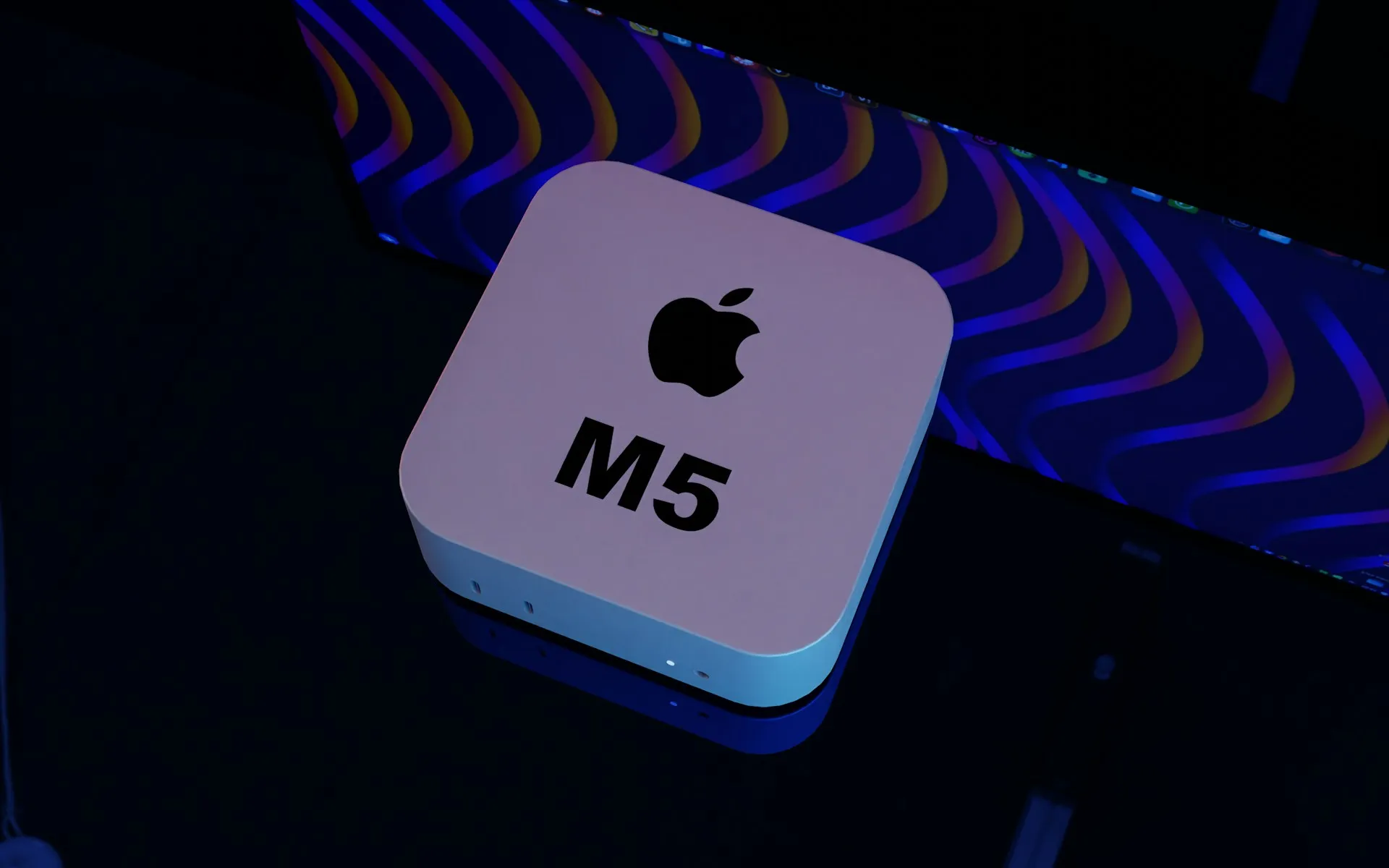
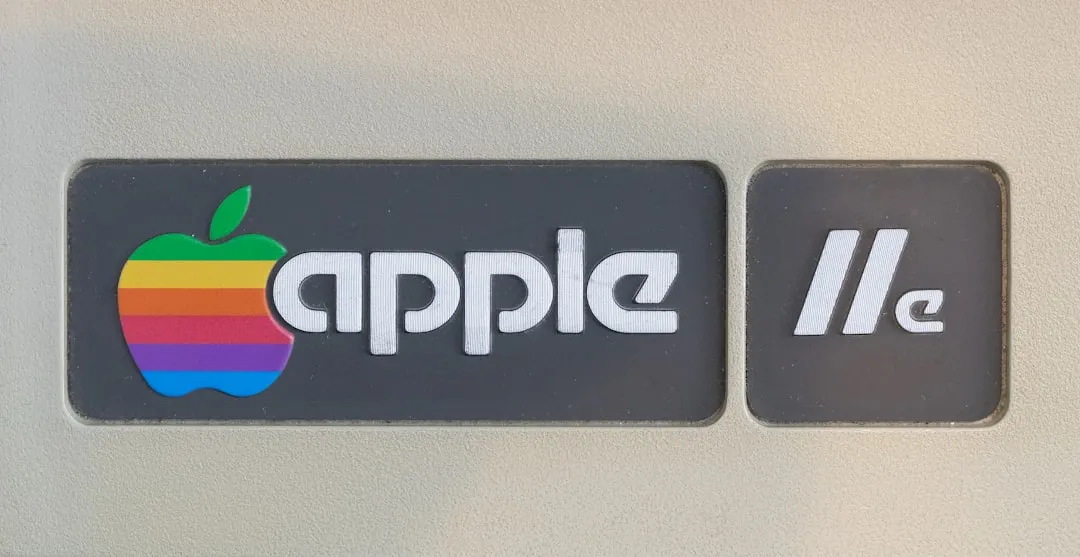




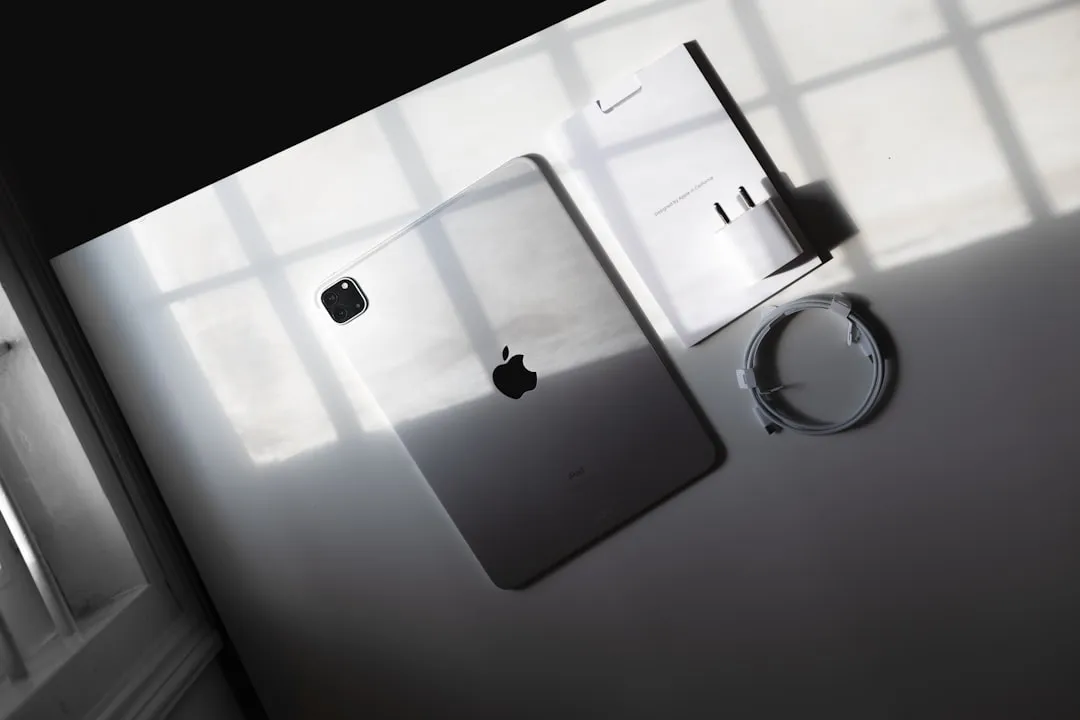




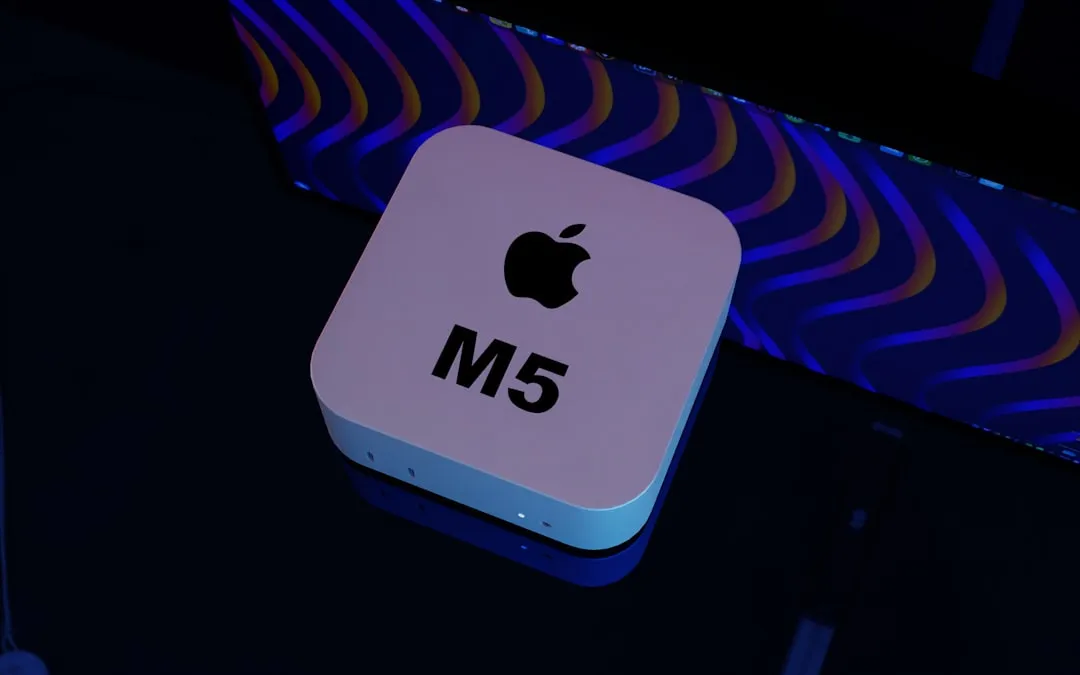
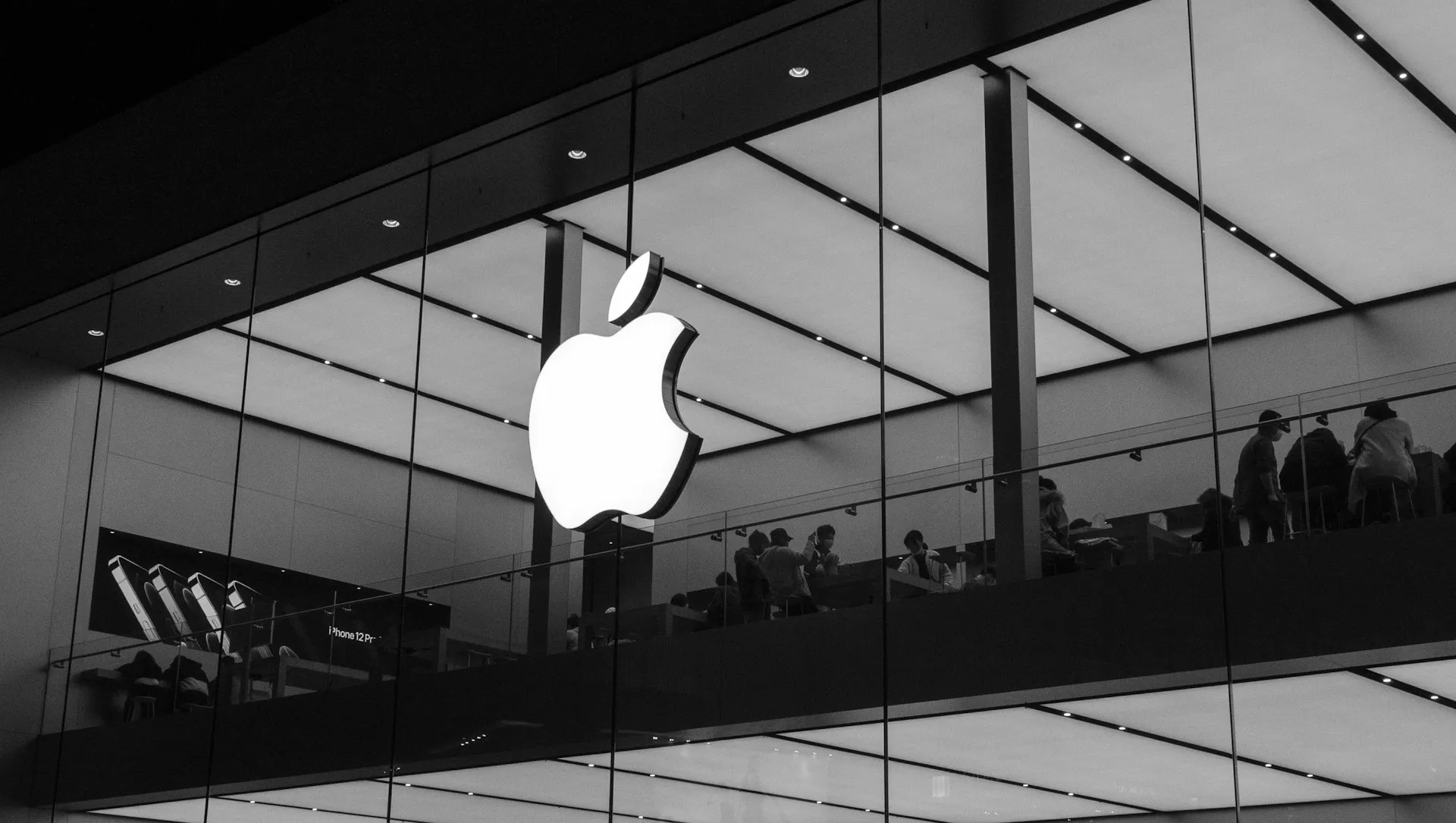



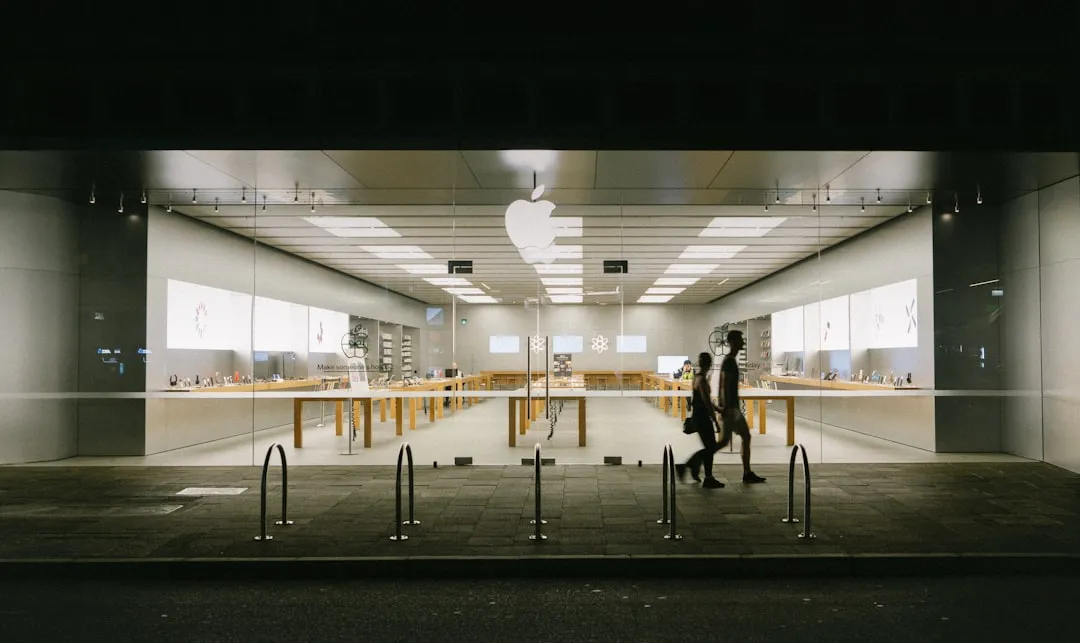

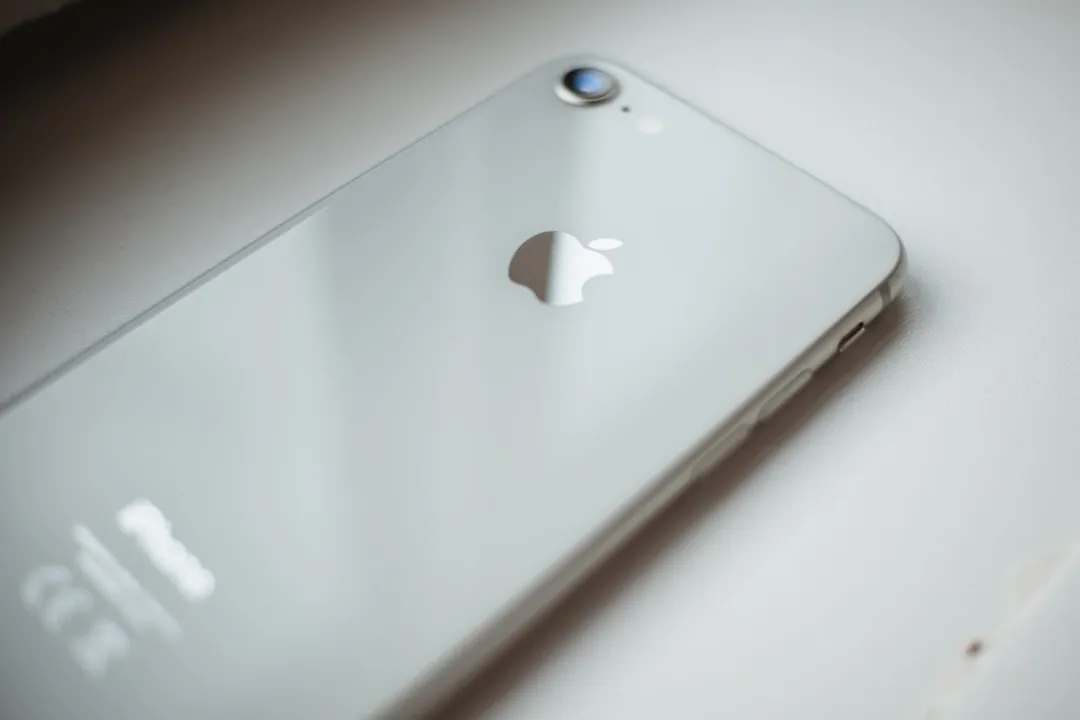
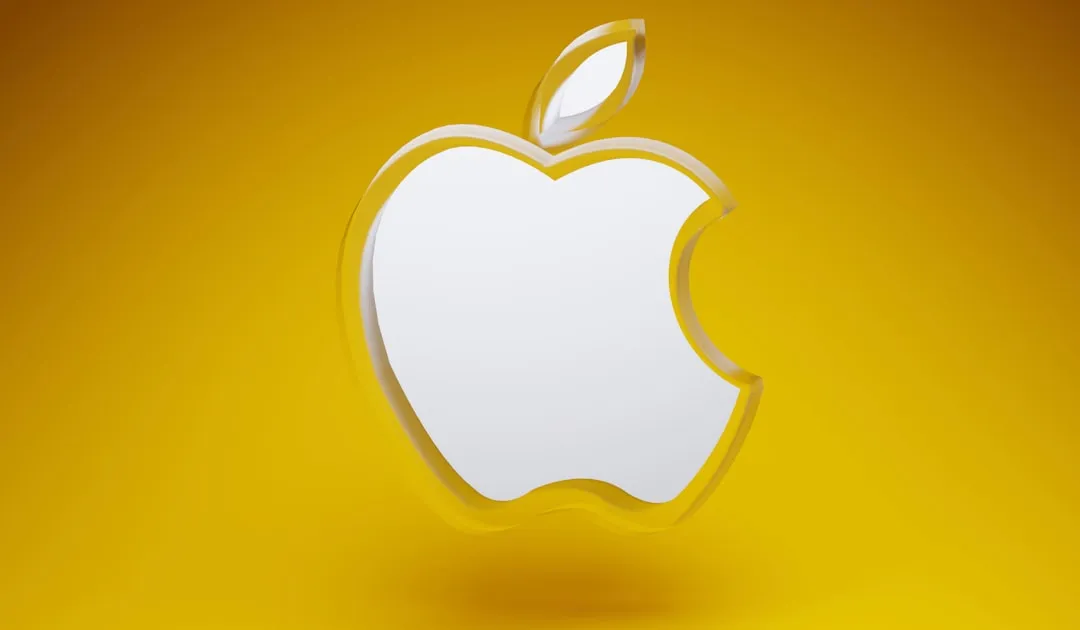
Comments
Be the first, drop a comment!